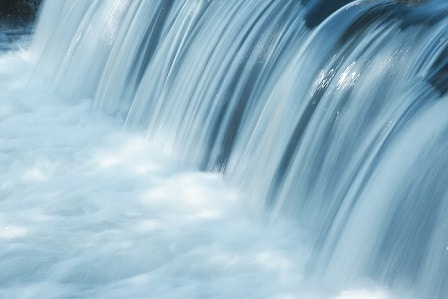 Recent research into the general well-being and safety of South Africa’s Natural Water Resource, as revealed on Carte Blanche on 15 November has revealed that we have a huge problem.
Recent research into the general well-being and safety of South Africa’s Natural Water Resource, as revealed on Carte Blanche on 15 November has revealed that we have a huge problem.
A primitive toxin called blue-green algae is polluting our waters. This is a primitive toxin that is a phylum of bacteria that obtain their energy through photosynthesis. These algae produce gaseous oxygen as a by-product of photosynthesis and it thought to have converted the early reducing atmosphere into an oxidizing one, causing the “rusting of the Earth and dramatically changing the composition of life forms on Earth.
According to research, about 66% of our national water resource is contaminated, making South Africa the country with the highest known levels of blue-green algae contamination globally. Studies done between 2002 and 2012 revealed that 26 out of 50 bodies of water analysed contained high levels of blue-green algae and the surface scum posed a high health risk.
Low water levels due to the current drought that South Africa is facing is creating even more concentrated prevalence of blue-green algae on these water bodies, and the following recreational dams all contain in excess of 30% blue-green algae surface scum:
- Barberspan Dam
- Hartbeespoort Dam
- Koppies Dam
- Lake Chrissiesmeer
- Spitskop Dam
- Vaal Dam
While the above dams are the most toxic, there are others that are also infected and worrisome, including Zeekoeivlei in the Western Cape where there has been reports of animals dying after drinking contaminated water; Hazelmere Dam which is currently less than 25% full and has high levels of concentrated blue-green algae, and Midmar Dam.
This toxic algae is dangerous and has been linked to:
- Breathing difficulties
- Dysfunction of the male reproductive system
- Liver failure
- Moto-neuron disease
- Nausea, vomiting and/or diarrhoea
- Other organ failure (heart, kidneys)
- Skin and throat irritation
Get a watercooler and natural spring water from Living-Water in London.





